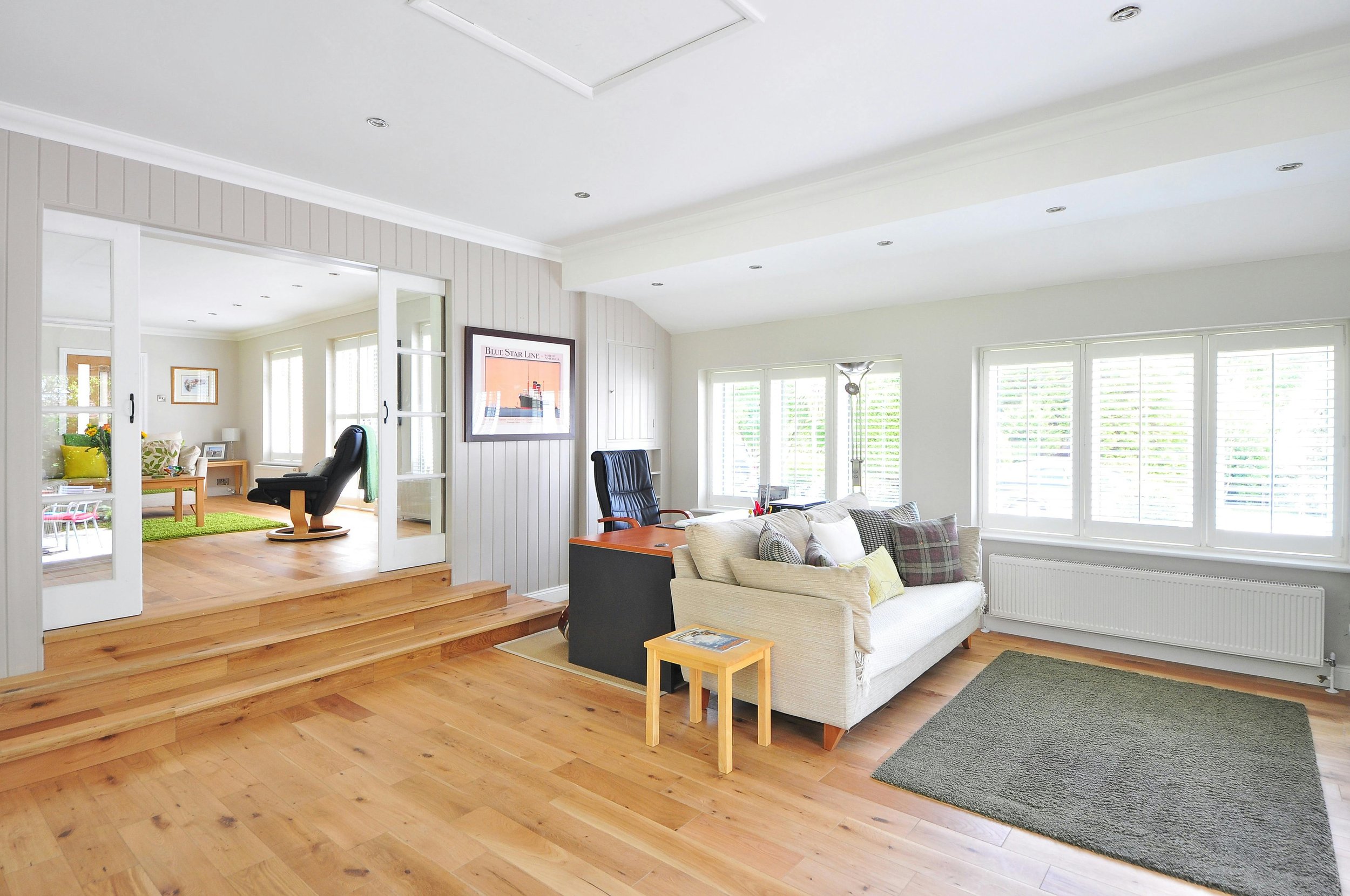Constructing a brand new home is an invigorating journey that offers the chance to create a place tailored to your personal style and preferences. However, it can also be a overwhelming process filled with choices and challenges. If you are a novice builder or have past experience, understanding the essential steps and considerations is vital to ensuring a successful outcome.
From selecting the right floor plan to navigating the financing options, there are many elements to consider along the way. This resource aims to provide you with ten important tips that will help you maneuver through the home building process with confidence. With thoughtful planning and informed decision-making, you can convert your vision of a new home into a actuality, making it a satisfying and pleasurable experience.
Preparing Your Home Build
Organizing your home build is a essential first step that lays the foundation for a successful construction project. Start by clarifying your goals and priorities. Consider factors such as your family’s needs, living style, and long-term plans. Do you envision a generous open-concept layout for hosting guests or a more classic layout with defined spaces? Having a well-defined vision will help steer your decisions throughout the construction journey.
Next, it is important to create a realistic budget. Determine how much you can invest and explore financing options for your new home construction. Be mindful of both expected expenses and possible hidden costs that may arise during the building process. Creating a detailed budget will allow you to distribute funds appropriately for critical areas, materials, and any extra features you wish to include in your home.
Finally, assembling a reliable team is vital. Research and interview several home builders to find one whose style and expertise align with your vision. Additionally, consider bringing on board professionals such as architects and interior designers early in the planning phase. Their insights can enhance your design and help sidestep costly mistakes later. Creating clear communication and trust with your team will simplify the entire process and contribute to a successful home build.
Supplies and Building Options

Selecting the appropriate resources for your upcoming home is vital as it influences both the durability and aesthetics of your property. Popular options include traditional resources like brick and timber, as well as modern options such as plaster. Each material has its own set of advantages and drawbacks; for case in point, masonry is famous for its longevity and superb thermal resistance properties, while timber provides comfort and flexibility in style. It's crucial to consider the weather, regional supply, and individual preferences when selecting materials.
In also to the outside, interior materials play a critical role in the overall attractiveness and usability of your dwelling. Floor coverings options range from solid wood and tile to engineered wood and rug, each offering distinct characteristics. When selecting floor coverings, reflect on factors like durability, care, and how each resource aligns with your way of life. Green materials, such as nature-friendly wood and upcycled ceramic tiles, are also becoming trends, making them valuable options for eco-conscious builders.
Finally, grasping the building choices available will help simplify the assembly process. Choices such as classic frame construction, modular construction, and prefabricated elements can impact the timeline and budget of your home build. Collaborating with your builder and designer to comprehend the implications of each method ensures that you are taking well-informed decisions that fit your vision for the dwelling.
Financing The New Home
When it comes to financing your new home, understanding the various loan options available is crucial. Traditional mortgages, construction loans, and government-backed loans like FHA or VA can offer varied benefits based on the specific situation. Southern Highlands New Home Builder are often temporary and designed to cover the cost of building, converting to a permanent mortgage once construction is complete. It's important to compare interest rates and terms to find the most suitable option for your financial situation.
Budgeting for the new home build involves not just the purchase price. You should factor in additional costs such as site preparation, permits, and unexpected expenses that may arise. A well-structured budget allows you to allocate the funds effectively, identifying areas where you might save and where it's valuable splurging. Keep in mind that hidden costs like utility connections and landscaping can accumulate, so thorough planning is essential to staying within the budget.
Qualifying for a construction loan demands careful preparation. Lenders will assess the credit score, income, and the builder's credentials. Providing a detailed construction plan and a realistic timeline can significantly enhance your chances of approval. It's also wise to consult with a financial advisor to navigate the qualification process and ensure that you're making informed choices. By New Home in Southern Highlands how to finance the new home build, you set the stage for a smoother construction journey and a successful outcome.
